Table of content
Dachang Ersi, a beloved traditional Chinese rice noodle dish, has gained popularity worldwide for its unique texture and versatility. Originating from Yunnan Province, China, this dish features slender, silky rice noodles made from premium glutinous rice, offering a chewy yet tender bite that sets it apart from other noodles. Whether you’re a busy professional seeking a quick meal, a home cook exploring Asian cuisine, or a food enthusiast craving authentic flavors, mastering the art of cooking Dachang Ersi is a rewarding endeavor. This article will guide you through a foolproof method to prepare this dish, ensuring it’s both effortless to make and bursting with flavor.
What is Dachang Ersi?
Before diving into the cooking process, it’s essential to understand what makes Dachang Ersi special. Unlike regular rice noodles, Ersi undergoes a meticulous production process involving soaking, steaming, and slicing glutinous rice dough into thin strands. The result is a noodle that retains its shape during cooking while absorbing sauces and broths beautifully. Its mild, neutral taste allows it to pair seamlessly with various ingredients, from savory meats to fresh herbs and spicy condiments.
Essential Ingredients and Tools
To cook Dachang Ersi effectively, gather the following items:
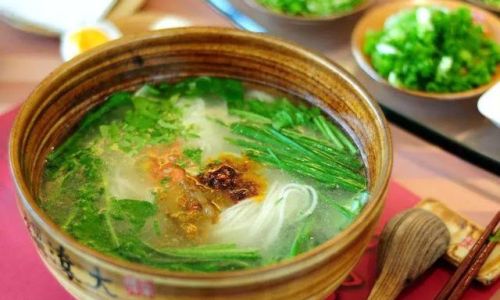
- Dachang Ersi Noodles: Opt for fresh or dried varieties. Fresh noodles cook faster but require immediate use, while dried ones have a longer shelf life.
- Broth or Liquid Base: Chicken, bone, or vegetable broth works best. For a vegan option, use coconut milk or mushroom-based broth.
- Proteins (Optional): Thinly sliced beef, pork, shrimp, or tofu add substance. Marinate them briefly in soy sauce, garlic, and ginger for depth.
- Vegetables: Leafy greens like spinach or bok choy, mushrooms, carrots, and bell peppers introduce freshness and crunch.
- Aromatics: Garlic, ginger, scallions, and chili peppers elevate the dish’s aroma.
- Seasonings: Soy sauce, oyster sauce (or vegan alternative), sesame oil, white pepper, and a touch of sugar balance the flavors.
- Toppings: Fresh cilantro, lime wedges, crushed peanuts, and fried shallots add texture and garnish.
- Tools: A large pot for boiling noodles, a wok or skillet for stir-frying, and tongs or chopsticks for mixing.
Step-by-Step Cooking Guide
Preparing the Ersi Noodles
- For Fresh Noodles: Rinse briefly under cold water to prevent sticking. Cook in boiling water for 2–3 minutes until al dente. Drain and rinse under cold water to halt cooking.
- For Dried Noodles: Soak in warm water for 15–20 minutes until pliable. Boil for 4–5 minutes, then drain and rinse.
Pro Tip: Overcooking makes Ersi mushy. Test a strand by pinching it—it should yield slightly but retain firmness.
Crafting the Flavor Base
Heat 1–2 tablespoons of oil in a wok over medium heat. Add minced garlic (2 cloves), ginger (1 tsp), and sliced scallions (2 stalks). Sauté until fragrant (30 seconds). For heat, toss in a chopped red chili or a pinch of chili flakes.
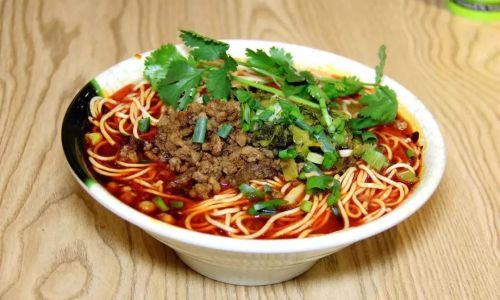
Adding Proteins and Vegetables
- Proteins: Stir-fry sliced meat or tofu for 2–3 minutes until cooked through. Remove and set aside.
- Vegetables: Add hardy veggies like carrots and bell peppers first, stir-frying for 2 minutes. Add leafy greens last, wilting them gently.
Combining Ingredients
Return proteins to the wok. Add the cooked Ersi noodles and toss gently. Pour in 1 cup of broth and 2 tablespoons of soy sauce. Simmer for 2–3 minutes to meld flavors.
Seasoning to Perfection
Drizzle with 1 tsp sesame oil, a pinch of sugar, and a sprinkle of white pepper. Adjust saltiness with extra soy sauce if needed. For a richer taste, stir in 1 tbsp of oyster sauce.
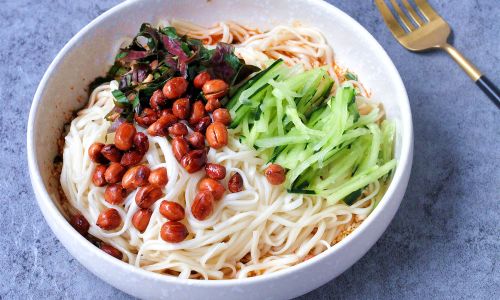
Final Touches
Transfer to a bowl. Garnish with cilantro, lime wedges, crushed peanuts, and fried shallots. Serve immediately to enjoy the noodles at their optimal texture.
Tips for Perfect Ersi
- Texture Control: Rinsing cooked noodles under cold water removes excess starch, preventing clumping.
- Broth Consistency: Use less broth for a stir-fry style or more for a soupy consistency.
- Customization: Experiment with proteins like mushrooms or eggs for vegetarian versions.
- Spice Level: Adjust chili quantities to suit your palate.
- Leftovers: Store cooked Ersi separately from toppings to maintain texture. Reheat gently in a pan with a splash of water.
Creative Variations and Toppings
- Spicy Sichuan Style: Add doubanjiang (spicy bean paste) and Sichuan peppercorns.
- Coconut Curry Twist: Simmer noodles in coconut milk infused with curry powder and turmeric.
- Herb-Infused Freshness: Top with basil, mint, and shredded cabbage for a refreshing contrast.
- Crispy Elements: Sprinkle fried garlic chips or tempura flakes for crunch.
Pairing Suggestions
- Beverages: Jasmine tea, light beer, or lemonade complement the dish’s richness.
- Sides: Quick-pickled cucumbers, steamed dumplings, or spring rolls enhance the meal.
Health Benefits of Dachang Ersi
- Gluten-Free: Made from rice, it’s suitable for gluten-sensitive diets.
- Low in Fat: A light alternative to wheat-based noodles.
- Energy-Boosting: Glutinous rice provides sustained energy due to its complex carbohydrates.
Common Mistakes to Avoid
- Overcooking Noodles: Leads to a gummy texture.
- Skipping the Rinse: Causes clumping.
- Overcrowding the Pan: Results in uneven cooking.
- Underseasoning: Ersi’s mild flavor needs adequate seasoning to shine.
Conclusion
Cooking Dachang Ersi doesn’t require culinary expertise—just attention to detail and a willingness to experiment. By mastering the balance of textures, flavors, and aromatics, you can transform simple ingredients into a restaurant-worthy dish. Whether enjoyed as a quick weekday dinner or a weekend indulgence, this versatile noodle offers endless possibilities. So, grab your apron, gather your ingredients, and embark on a journey to savor the magic of Dachang Ersi. With practice, you’ll soon discover why this humble noodle has captured hearts (and stomachs) across the globe. Happy cooking!
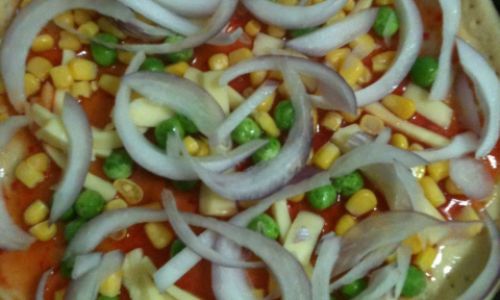
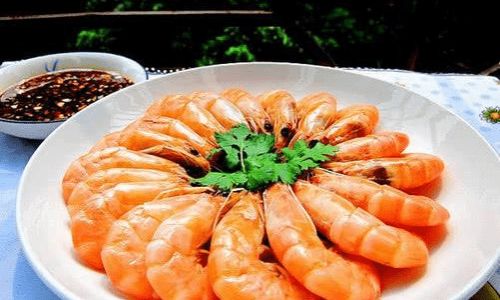

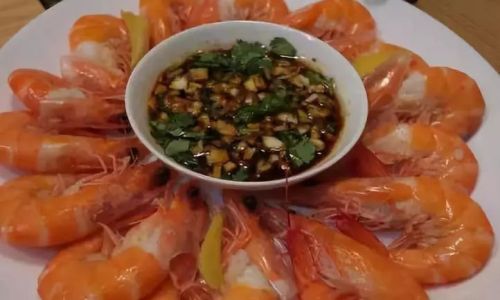


0 comments